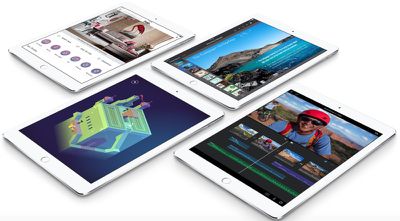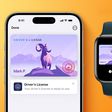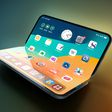The popular SwiftKey keyboard for iPhone was today updated to add a fun new tracking feature, Emoji Insights. Emoji Insights gives users a look into their personal emoji usage habits, offering up data on top emoji used, signature emoji, and emoji state, as detailed below.
My Signature Emoji - The emoji you use more than other people. This emoji is generated by the emoji you overuse compared to the average - this is not the emoji you use most often.
My Top Emoji - The emoji you use most often. This is a cloud-like visualization of the emoji you use the most - the bigger the emoji in the 'cloud', the more you use it.
Emoji State - The US state that most reflects your emoji use. We looked at how people use emoji in each state and compared your emoji use to that data to generate this stat. Do your emoji match up with your home state, or somewhere totally different?
Emoji Insights within SwiftKey are accessible to all users who use SwiftKey Cloud, the feature that allows user preferences and learned language data to be backed up and synced across several different devices. Emoji data can be accessed and shared with family and friends via social networks through the My Profile option in the SwiftKey app.
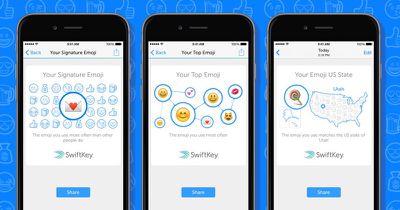
SwiftKey has aimed to distinguish itself from other third-party keyboards through the inclusion of typing statistics and inside information on how the app works for each individual user. In April, the SwiftKey keyboard was updated with usage statistics, letting users get a look at words typed, distance Flow-ed, words predicted, words corrected, and more.
Today's new emoji usage statistics come seven months after the SwiftKey keyboard was updated to include both emoji and predictive emoji suggestions.
SwiftKey Keyboard can be downloaded from the App Store for free. [Direct Link]


 Apple updated its
Apple updated its 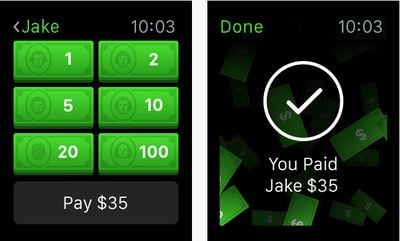


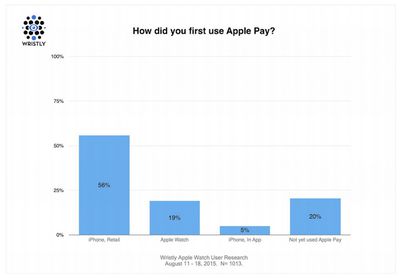

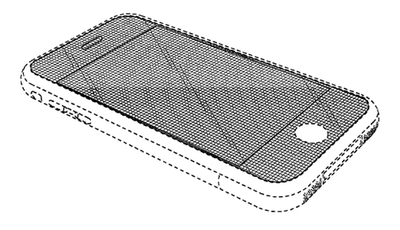


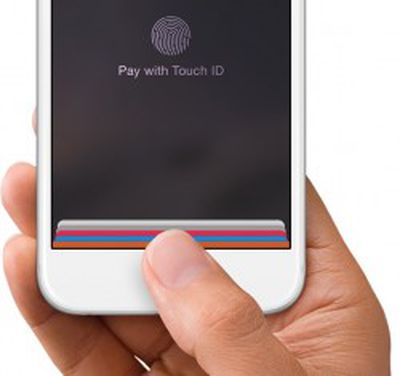 Nearly ten months after Apple Pay launched in the United States, an increasing number of retailers including
Nearly ten months after Apple Pay launched in the United States, an increasing number of retailers including 




